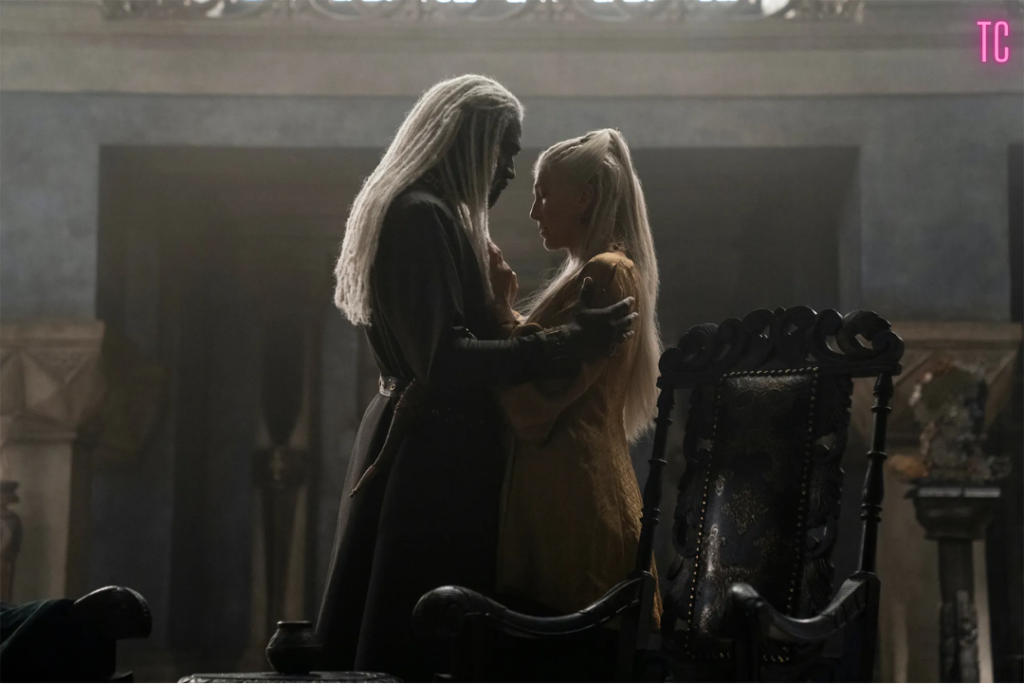In addition, the fact that critics have accused this film of having a “medieval-style medicine” is rather perplexing. However, a crucial scene in the “House of the Dragon” premiere will undoubtedly resonate with many people in a manner beyond the realms of fantasy.
The queen, Aemma Targaryen (Sian Brooke), is in the middle of difficult childbirth in the HBO series’ opening episode. King Viserys Targaryen (Paddy Considine) is in need of a son to secure a male heir to the throne, according to custom.
The medical advisers deliver terrible news to the king- the baby is a breach of birth. They explain that he must choose between losing the baby or sacrificing the mother’s life in an attempt to save it.
The king eventually opts for the latter, with the queen’s bleeding death as a result of the gruesome operation.
In the episode, Aemma refers to pregnancy as “our battle,” and because of the primitive technology of the period, that’s especially true in reality. As The Hollywood Reporter’s James Hibberd observed, “the first season does for childbirth what ‘Game of Thrones “did for weddings.”

Although the television series is cast as a work of fiction, it’s impossible to divorce that from the discussion about abortion. This is because in June, Roe v Wade was overturned by the Supreme Court, causing much-heated debate surrounding issues such as forced birth and women’s healthcare freedom of choice. Consequently, here it is ultimately decided by her husband (who also happens to be head of state) what she should do – with potentially disastrous consequences.
Even though the baby eventually dies, Viserys’ actions can’t be erased. This later prompts him to name his daughter, Princess Rhaenyra (Milly Alcock), as heir–which goes against tradition and means that a future son born to a new queen will likely replace her.
As the creators have pointed out, the first season of “House of the Dragon” is based on questions pertaining to a patriarchal society, where sons are preferred in order to preserve royal bloodlines, and where disharmony and havoc may arise without such obvious rules of succession.
Miguel Sapochnik, the executive producer, has said that a fundamental tension within the series is “the patriarchy’s perception of women.” He also noted that exploring such material – including the decision to anchor the story around its female characters – “made this show feel more contemporary.”
Although the objective of this episode is to show an earlier chapter in George R.R. Martin’s rivalry for the Iron Throne, producers were apparently aware of early “Game of Thrones” complaints. That included putting people of color in the “House” cast and, as Salon noted, taking a more realistic approach to sexual violence depiction.
“House of the Dragon” is obviously trying to attract different types of viewers by offering them a spectacle, escapism, and a connection to Martin’s writing and the earlier series. Even though drama may be set in the past, future, or some other alternate reality, it still has a way of raising issues that are important to our daily existence.
The premiere implies, and future installments will back up, that the series is pure fantasy. However, don’t be fooled by the dragons.


